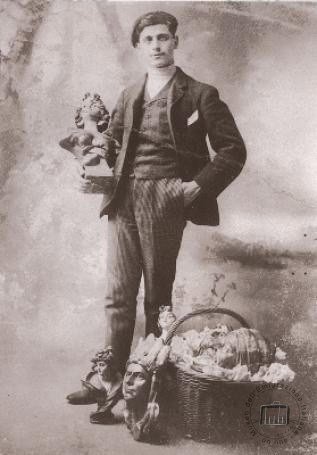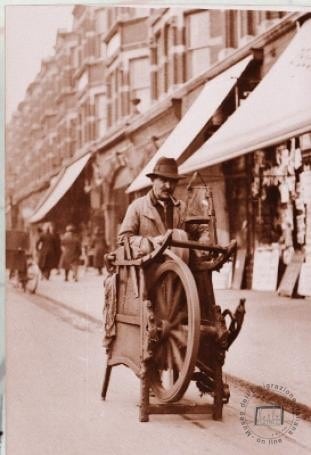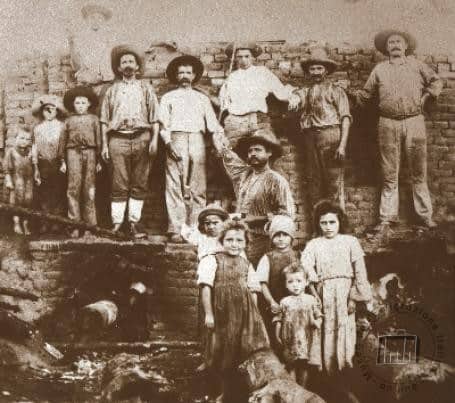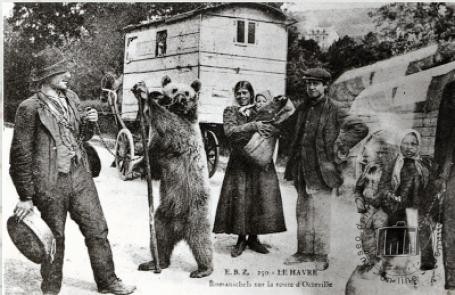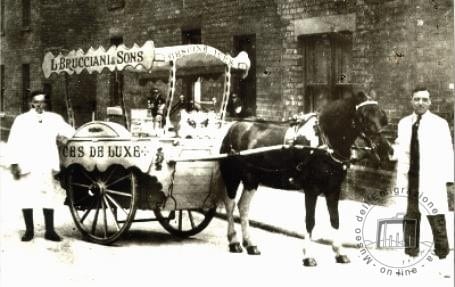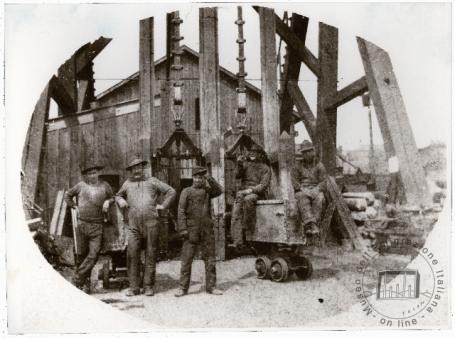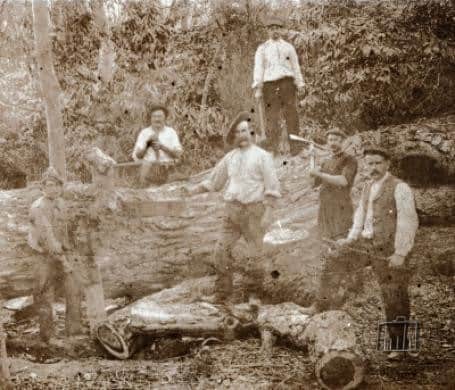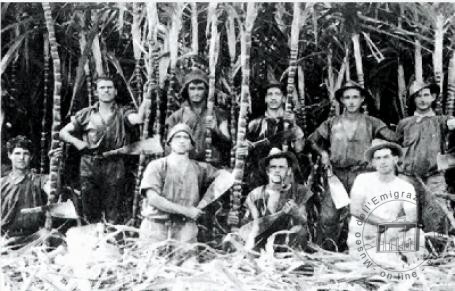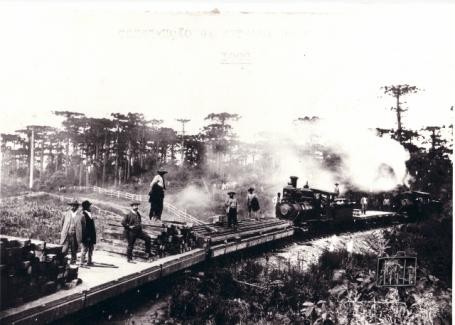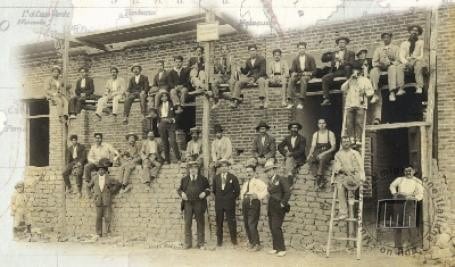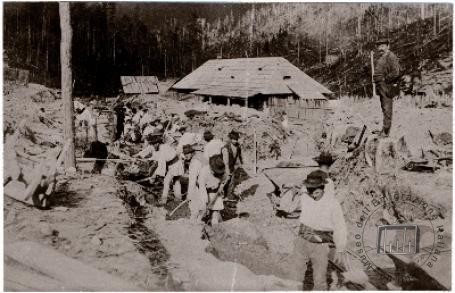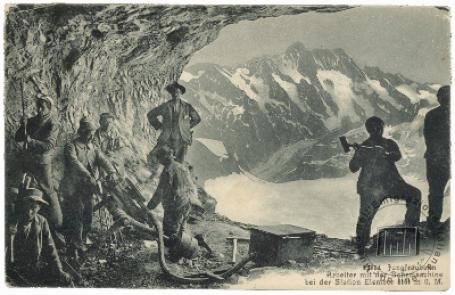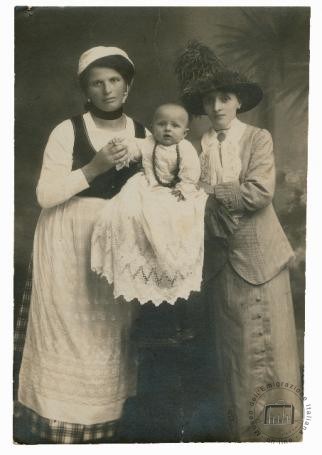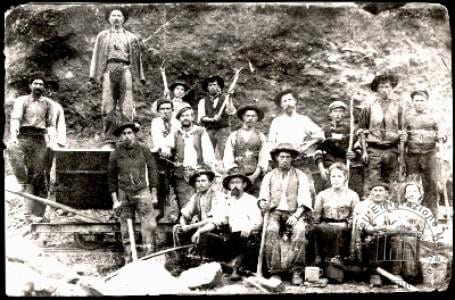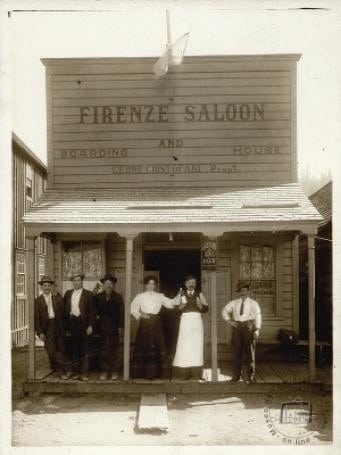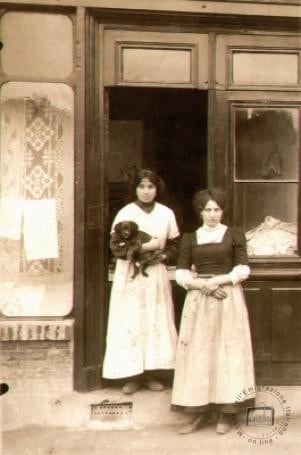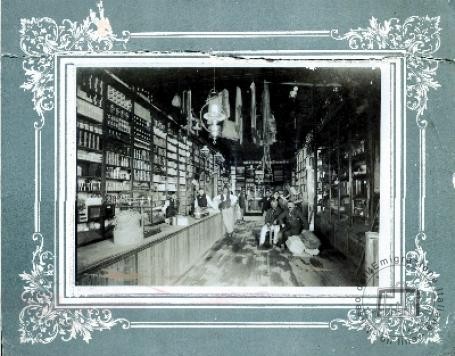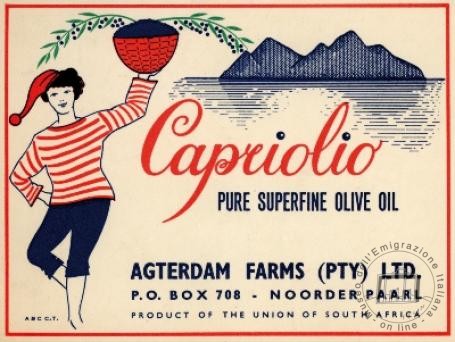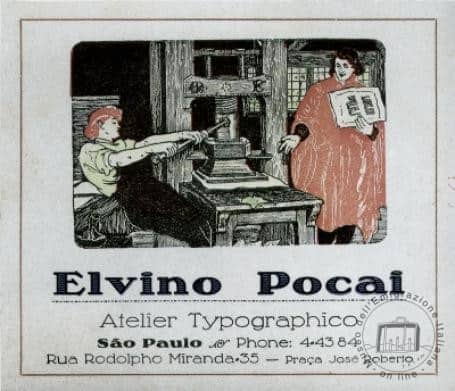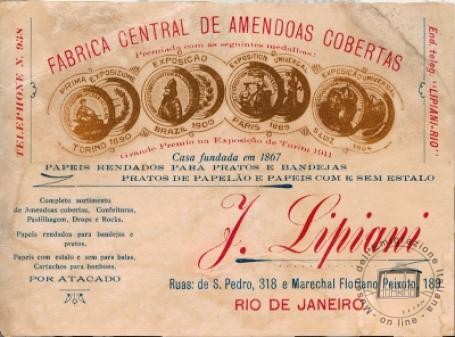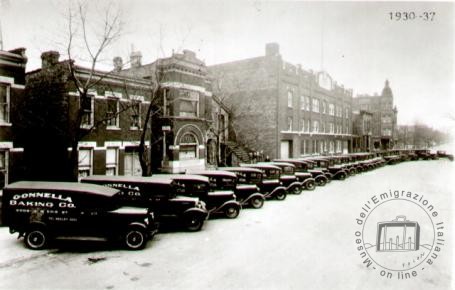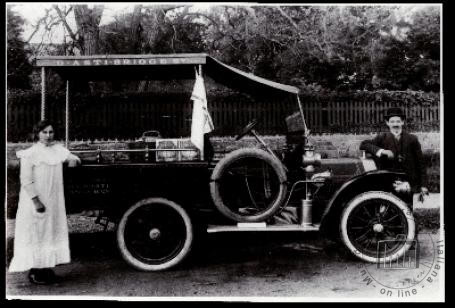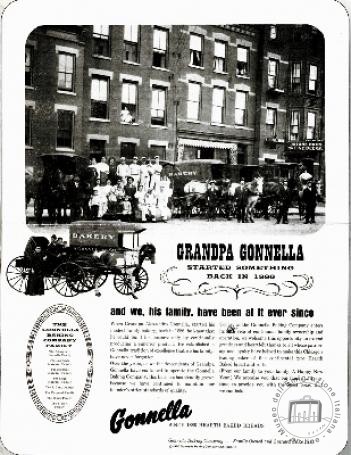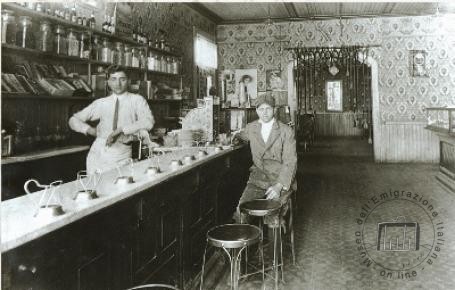Museum - The work
Ambulants and children
Vanguards of emigration were those who practiced itinerant trades. In Tuscany, peasants went to Corsica for farm work, then to France, attracted by better wages; the most common skilled trade was that of figurine maker. They left for European countries, then for the Americas, wandering musicians from all over Italy, sellers of prints and haberdashery, woodcutters and ditchers, left the eastern regions of the peninsula.
As transportation improved and the great emigration began, the routes of the wanderers reached all European countries and then the Americas. Police authorities frowned upon them, constantly accompanied by children, often forced to beg. Sometimes the fathers themselves took their children with them or handed them over to people deemed trustworthy in the hope that by traveling the world they would learn a trade that could feed them.
Strong arms and heavy work
The emigrants, mostly peasants, also engaged in agricultural work abroad, took part in the clearing or reclamation of land, employed themselves in the construction of the great highways, railroads, building works and in the heavy labor of the mines.About half of the emigrants returned to Italy permanently. In the United States, the "emigration campaign" generally lasted only a few years. The reasons were: no integration of the country and minimal knowledge of the language; maximum saving of money in the shortest period to hasten return, accepting exaggerated work commitments and very low standards of living.
The area of origin determined the trades: in Australia, emigrants from mountainous areas resumed logging or became sugarcane cutters; those from the lowlands went into agriculture or the service sector.
Great works and conspicuous fortunes
A large number of Italian emigrants participated in the construction of major public works, and numerous were the victims of work-related accidents. The Frejus, St. Gotthard and Simplon tunnels or the Trans-Siberian railway saw them at work.
A number of émigrés achieved success as entrepreneurs, often starting from scratch, knowing how to take advantage of opportunities to achieve enviable positions. Men quickly rose from poverty to wealth by inserting themselves at the highest social levels in their adopted country. One success story: in Brazil Giuseppe Giorgi, who became a railroad builder from a simple laborer; because of his technical skills, he had important public commissions, establishing himself in an industry dominated by the British.
The "fragile" women
Italian emigration has always been studied with attention reserved for men.
Suffering the consequences of male emigration were the women who remained at home: they cared for children and the elderly, worked in the fields, and instead of men, took on economic responsibilities such as signing contracts. Women abroad gained space in the world of work: the first industry was textiles, beginning in French factories. From engagement as housewives arose, especially in North America, "boarding," that is, keeping compatriots retired. Activity that allowed them to do domestic work and contributing to the 'family economy.
Stores and stores
For the emigrants who went into trade, the beginnings were similar: they first worked as employees of relatives or friends, and then began directly in trade. In this journey the family played a key role in both economic support and direct involvement in the business.
The first stores were small outlets, generally in the food sector, aimed at Italian customers. The windows of many stores advertised Italian products. Some of these businesses managed to consolidate over time by turning into production and processing companies for agricultural and livestock products or into large retailers.
From scullions to masters
Italian emigrants have operated successfully in the restaurant industry. At first peddlers of ice cream in the summer, of roasted chestnuts in the winter. Becoming settled, they worked as waiters, scullions, then, cooks in restaurants and hotels. Finally: owners. In this area, too, the family was instrumental in the development of each project It is worth remembering the first clueless "cooks," men who improvised themselves as cooks striving to reproduce their women's recipes.
Exemplary is the emigration to the United Kingdom. From London, they moved to provincial towns, the industrial areas of South Wales; to Scotland and Ireland, opening stores and bars.
This was the origin of their success: the clubs, which often limited themselves to fish and chips, differed from the pubs, which were frequented only by men of age because they sold beer and liquor. In contrast, Italian clubs were open to women and boys precisely because no alcoholic beverages were sold. So for ice cream parlors: from carts they moved to ice-cream shops, where they sold: soft drinks, coffee, sweets, jams and chocolate.

